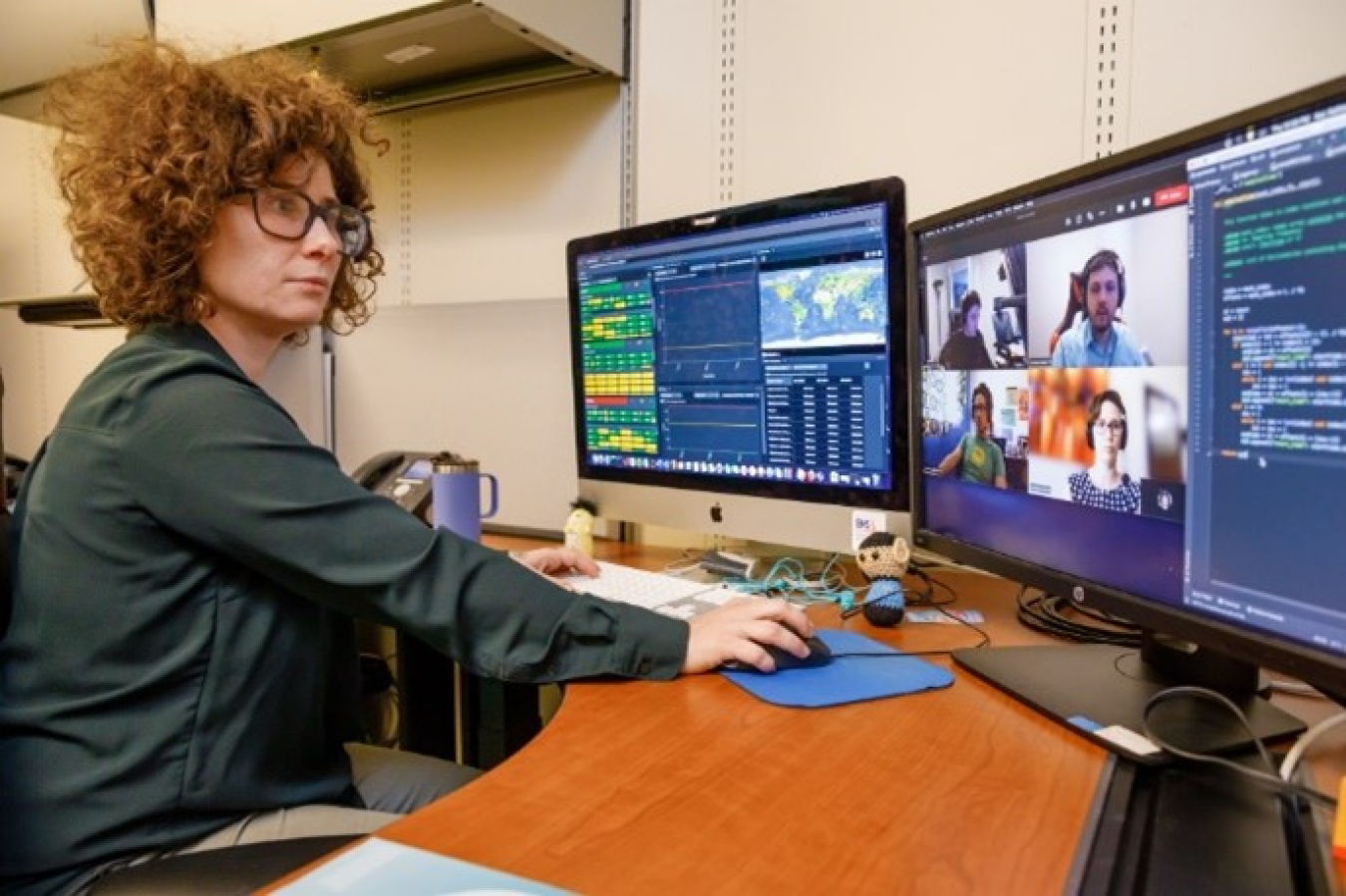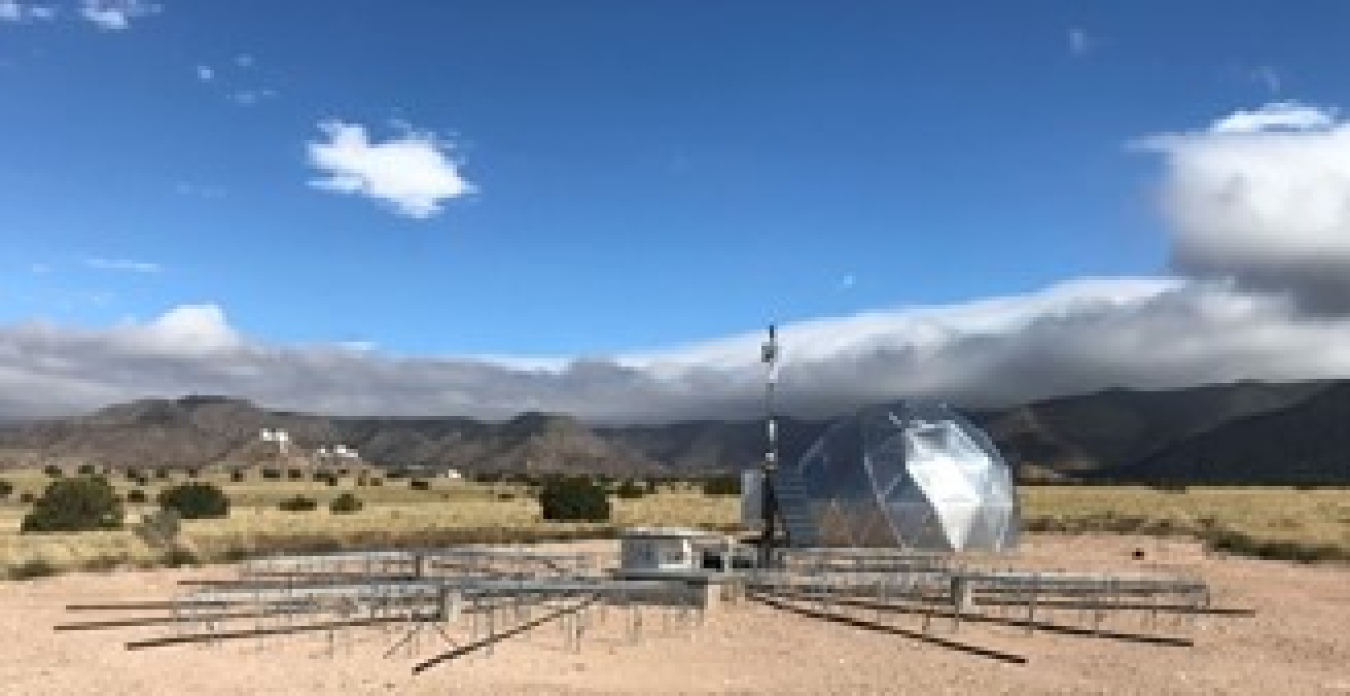NNSA experts have been making advances in support of international nuclear explosion monitoring and verification. At Sandia National Laboratories in New Mexico, two projects have recently made significant contributions toward this effort.
National Nuclear Security Administration
July 1, 2021
Even during this pandemic, NNSA experts have been making advances in support of international nuclear explosion monitoring and verification. At Sandia National Laboratories (Sandia) in New Mexico, two projects have recently made significant contributions toward the U.S. support of the Preparatory Commission for the Comprehensive Nuclear-Test-Ban Treaty Organization.
U.S. support for the CTBT is shown by the outstanding work at Sandia and other Department of Energy sites. We are pleased to join the U.S. interagency and international experts in looking for ways to improve international nuclear explosion monitoring and verification.
All the signatories to the Comprehensive Nuclear-Test-Ban Treaty (CTBT) are sent information and analysis from the International Data Centre (IDC) in Vienna, Austria, which receives data from the more than 300 monitoring stations and laboratories of the International Monitoring System (IMS). The IMS and IDC collect and process a massive amount of information every day to help the international community detect nuclear explosions. This mission is complicated by signals from natural and human-caused events and activities such as earthquakes, volcanic eruptions, mining and drilling, nuclear reactors, and medical isotope production, so a highly sensitive monitoring system supported by an advanced analysis and distribution center is essential.
The IDC Re-engineering project at Sandia aims to improve the IDC’s waveform data processing system, which is focused on input from the seismic, hydroacoustic, and infrasound portions of the IMS. It leverages ongoing upgrades at the U.S. National Data Center operated by the U.S. Air Force Technical Applications Center. Sandia recently provided one of a series of major new software releases to the IDC and will work with IDC staff and international experts to demonstrate its advances over current operations.

Another ongoing project at Sandia is an evaluation of IMS components such as seismic and infrasound sensors at the Facility for Acceptance, Calibration, and Testing (FACT Site). With its unique capabilities of a remote and relatively quiet location in New Mexico, along with Sandia technology and expertise, the FACT Site allows precise testing of highly sensitive components and systems that can detect an underground nuclear explosive test hundreds or thousands of miles away from an IMS station. The evaluation of new and modified sensors results in the deployment of more sensitive and robust equipment in the IMS.
“U.S. support for the CTBT is shown by the outstanding work at Sandia and other Department of Energy sites,” said Kasia Mendelsohn, NNSA’s Acting Deputy Administrator for Defense Nuclear Nonproliferation. “We are pleased to join the U.S. interagency and international experts in looking for ways to improve international nuclear explosion monitoring and verification.”
Sandia’s work on these projects is supported by funding from NNSA along with the Department of State’s Bureau of Arms Control, Verification and Compliance and Department of Defense’s Defense Threat Reduction Agency.

